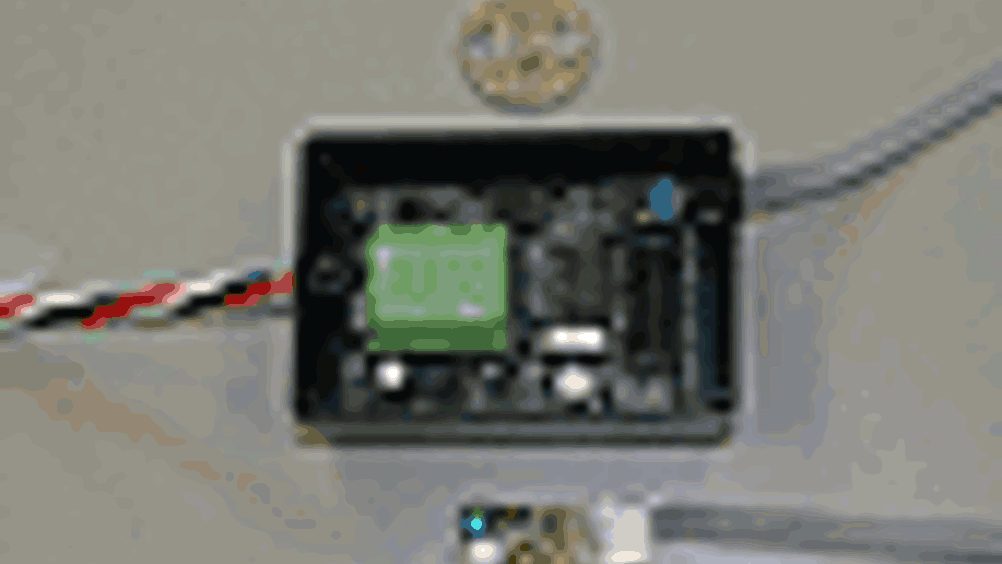Daylight savings

A new dimming system that responds to levels of daylight could save 30 per cent in commercial lighting energy consumption.
Scientists at Rensselaer Polytechnic Institute’s Lighting Research Center (LRC) have developed a simple, cost-effective, energy-saving device designed to harvest daylight automatically. The DaySwitch was designed as an alternative to traditional dimming ballast systems that adjust light levels by reducing the lamp current.
“The DaySwitch is designed to build end-use efficiency by reducing light energy usage in commercial buildings and maintaining occupant satisfaction,” said Peter Morante, director of energy programs at the LRC. “It is estimated that the DaySwitch will be able to reduce lighting energy consumption by 30 per cent in buildings with significant daylight contribution through windows or skylights, allowing for a payback period of approximately three years.”
Typical dimming systems have several drawbacks, including high initial cost and difficult photosensor programming and installation. As a result, dimming systems have not permeated the market, according to Morante.
Register now to continue reading
Thanks for visiting The Engineer. You’ve now reached your monthly limit of news stories. Register for free to unlock unlimited access to all of our news coverage, as well as premium content including opinion, in-depth features and special reports.
Benefits of registering
-
In-depth insights and coverage of key emerging trends
-
Unrestricted access to special reports throughout the year
-
Daily technology news delivered straight to your inbox










UK Enters ‘Golden Age of Nuclear’
The delay (nearly 8 years) in getting approval for the Rolls-Royce SMR is most worrying. Signifies a torpid and expensive system that is quite onerous...